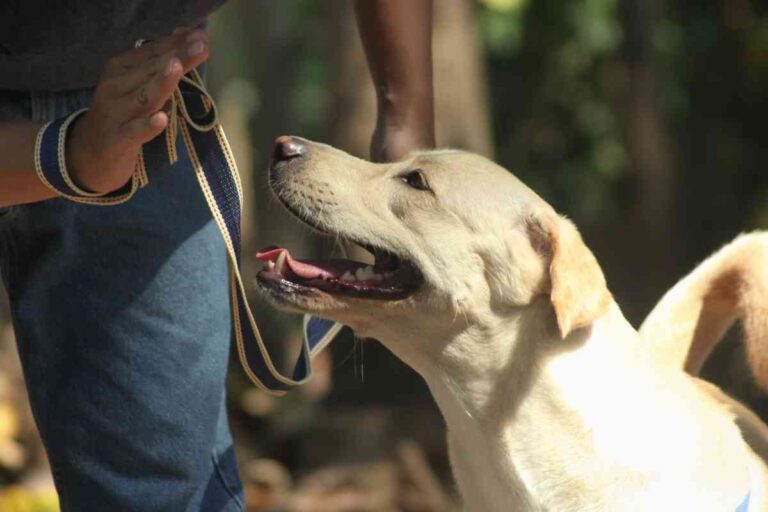50+ Key Facts and Stats About Chesapeake Bay Retrievers
If you want to own a strong and extremely loyal dog, you would certainly be happy to learn some facts about Chesapeake Bay Retrievers. Whether you are trying to ascertain which dog species would be best for you and your family or are already considering getting a Chesapeake Bay Retriever, there are things you should know about the species.
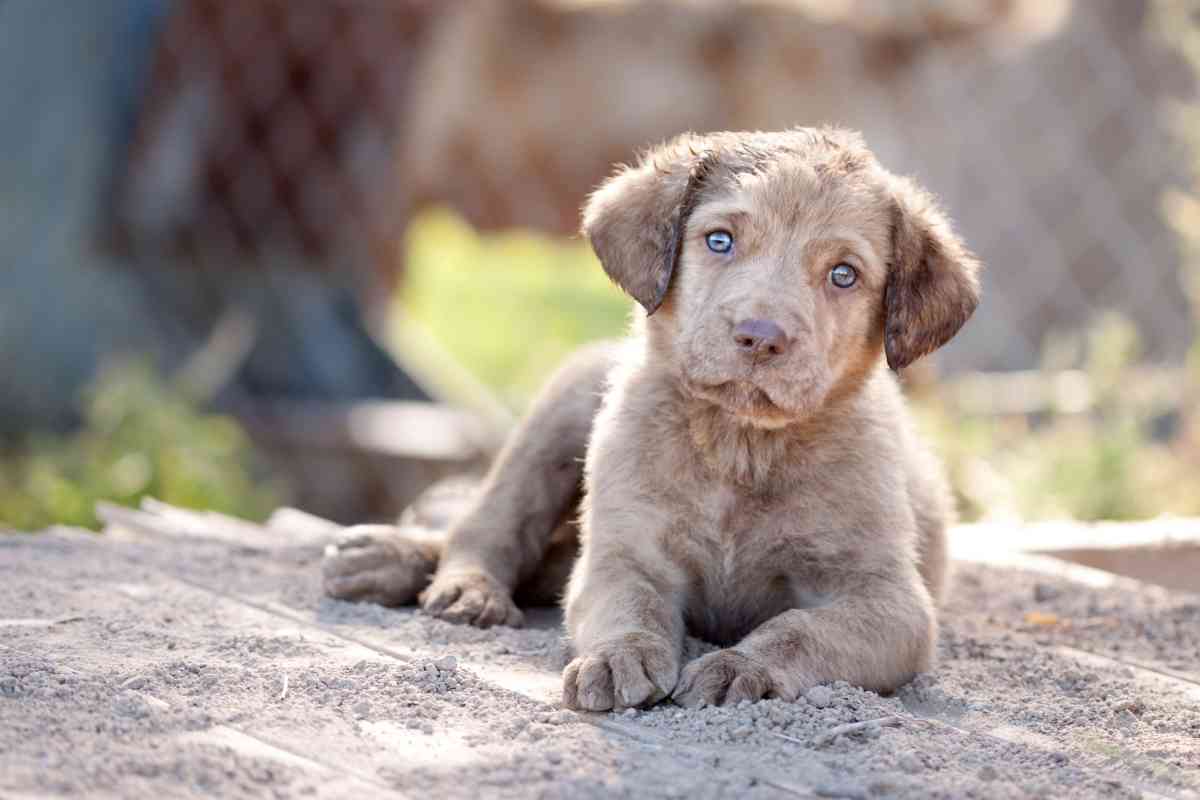
What do I need to know about Chesapeake Bay Retrievers?
Chesapeake Bay Retrievers are muscular and athletic, with a thick, waterproof coat that helps them withstand cold temperatures. They were originally bred for hunting and retrieving waterfowl and are very active, and require a lot of exercise. These highly vocal dogs can serve as great watchdogs.
I have listed some useful information, such as the behavior of Chesapeake Bay Retrievers, their grooming and exercise needs, health issues, and characteristics, etc., here so that you can easily assess if it is the right dog for you.
All the information listed here is extracted from highly credible resources. I have also owned a male Chesapeake Bay Retriever once as well, so I know a thing or two about the specie as well.
50+ Key Facts and Stats About Chesapeake Bay Retrievers
Key Characteristics
The Chesapeake Bay Retriever is a large, strong breed of dog that was originally bred for hunting and retrieving waterfowl.
They are muscular and athletic, with a thick, waterproof coat that helps them withstand cold temperatures and rough waters. Today, they are popular family pets and working dogs and are known for their loyalty, intelligence, and trainability. Here are some key characteristics of the Chesapeake Bay Retriever:
Size: Chesapeake Bay Retrievers are medium to somewhat large dogs. The males typically weigh between 60-80 pounds and the females weigh between 55-70 pounds. They have broad chests and strong muscles, making them powerful swimmers.
Coat: Chesapeake Bay Retrievers have a thick, dense coat that is waterproof and helps protect them from cold weather and rough waters. The coat can be various shades of brown, ranging from light to dark. The most common color is what is known as “dead grass,” which is a medium brown.
Temperament: Chesapeake Bay Retrievers are intelligent, loyal, and trainable dogs. They are good with children and make excellent family pets. They are also active and athletic dogs that need plenty of exercises.
History
The Chesapeake Bay Retriever is a breed of dog that was created in the United States to serve as a versatile hunting companion.
The breed was developed in the early 1800s by crossing Newfoundlands and other working dogs with local retrieving dogs. These early Chesapeakes were used for duck hunting in the marshes and waterways of the Chesapeake Bay region, and they quickly became prized for their ability to withstand cold water and rough conditions.
In the late 1800s, the American Kennel Club recognized the Chesapeake Bay Retriever was recognized as a distinct breed. The first official breed standard was written in 1885, and the breed has remained relatively unchanged since then. Today, the Chesapeake Bay Retriever is still prized for its hunting abilities, but it is also a popular family pet.
If you want to welcome a Chesapeake Bay Retriever into your family, be sure to do your research and find a reputable breeder. This breed requires regular exercise and plenty of space to run and play, so they are not well suited to life in an apartment or small home. With the proper care and training, a Chesapeake Bay Retriever can make a wonderful addition to any household.
How Friendly Are They?
Chesapeake Bay Retrievers, or “Chessies” as they are sometimes called, are a popular breed of dog known for their friendly and outgoing personalities. According to the American Kennel Club, Chessies are ” versatile dogs that can be used for hunting, working, and as loyal family companions.” They are also known for being very intelligent and easy to train.
So, how friendly are Chesapeake Bay Retrievers? In general, they are a very friendly breed of dog that gets along well with other dogs and with children. They are also relatively easy to train, which means they can be a great choice for families with kids.
However, like all dogs, each individual Chessie will have its own personality, and some may be shyer or more reserved than others.
If you are considering adding a Chessie to your family, it is important to meet the individual dog first to see if it is a good fit for your home.
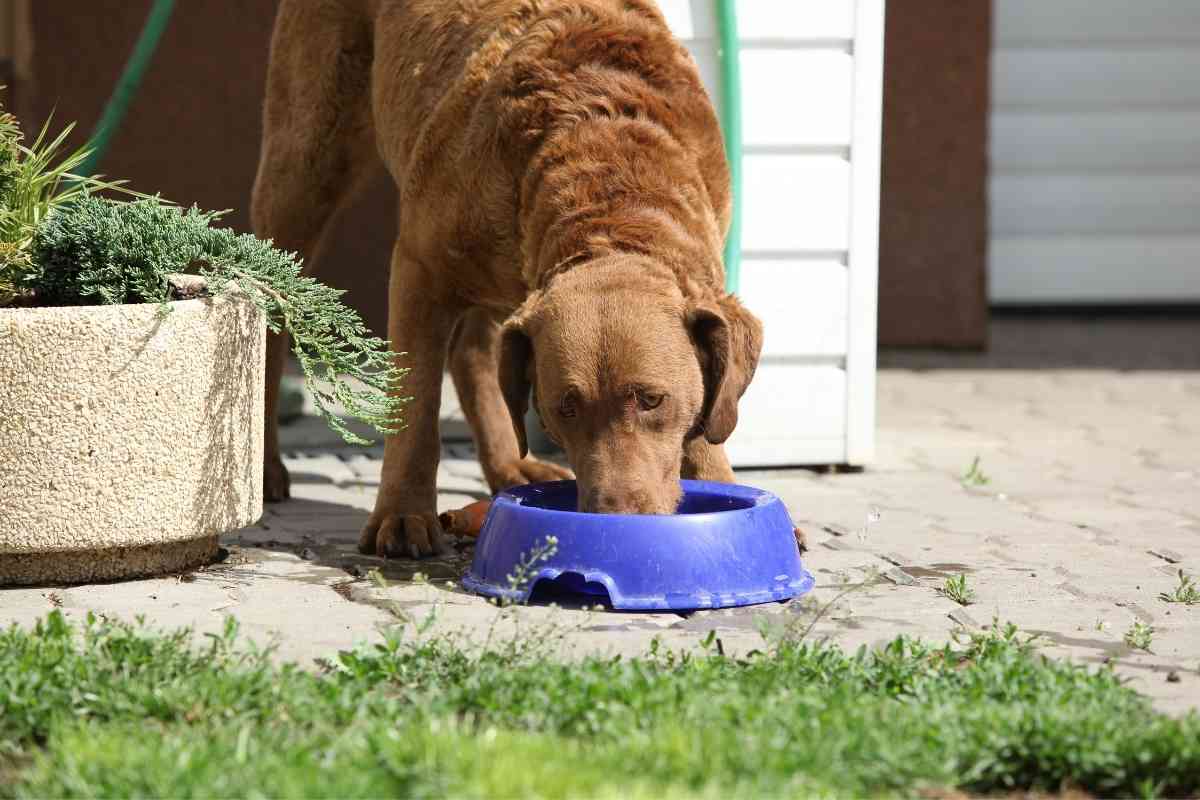
Is This the Right Dog for You?
If you’re looking for a loyal, loving, and active dog, the Chesapeake Bay Retriever may be the perfect breed for you.
Originally bred to hunt waterfowl in cold, rough conditions, Chesapeakes are known for their athletic build, thick coat, and webbed feet – making them natural swimmers. Today, they’re still popular hunting dogs but also make great family pets.
Here are some things to consider if you’re thinking of adding a Chesapeake Bay Retriever to your home:
Activity Level: Chesapeakes are very active dogs that need plenty of exercises. If you live an active lifestyle yourself, this breed will likely be a good match. But if you’re more of a couch potato, a Chesapeake may not be the right dog for you.
Grooming Needs: Thanks to their thick, oily coat, Chesapeakes need to be brushed frequently – at least once a week and more often during shedding season. They also need to be bathed regularly – about once a month – to avoid matting and skin problems.
Training Needs: Chesapeakes are intelligent dogs that can be easy to train. However, they can also be stubborn and independent-minded, so patience and consistency are key when training this breed.
Health Issues: Chesapeake Bay Retrievers are healthy for the most part. However, much like each of the dog breeds, they are commonly susceptible to different adverse health conditions. Some of the most common health concerns for Chesapeake include hip and elbow dysplasia, eye problems, and skin allergies.
If you’re looking for a dog that will be a loyal companion and active partner in your adventures, the Chesapeake Bay Retriever may be the perfect breed for you. Just be sure to take their exercise and grooming needs into consideration before making the commitment.
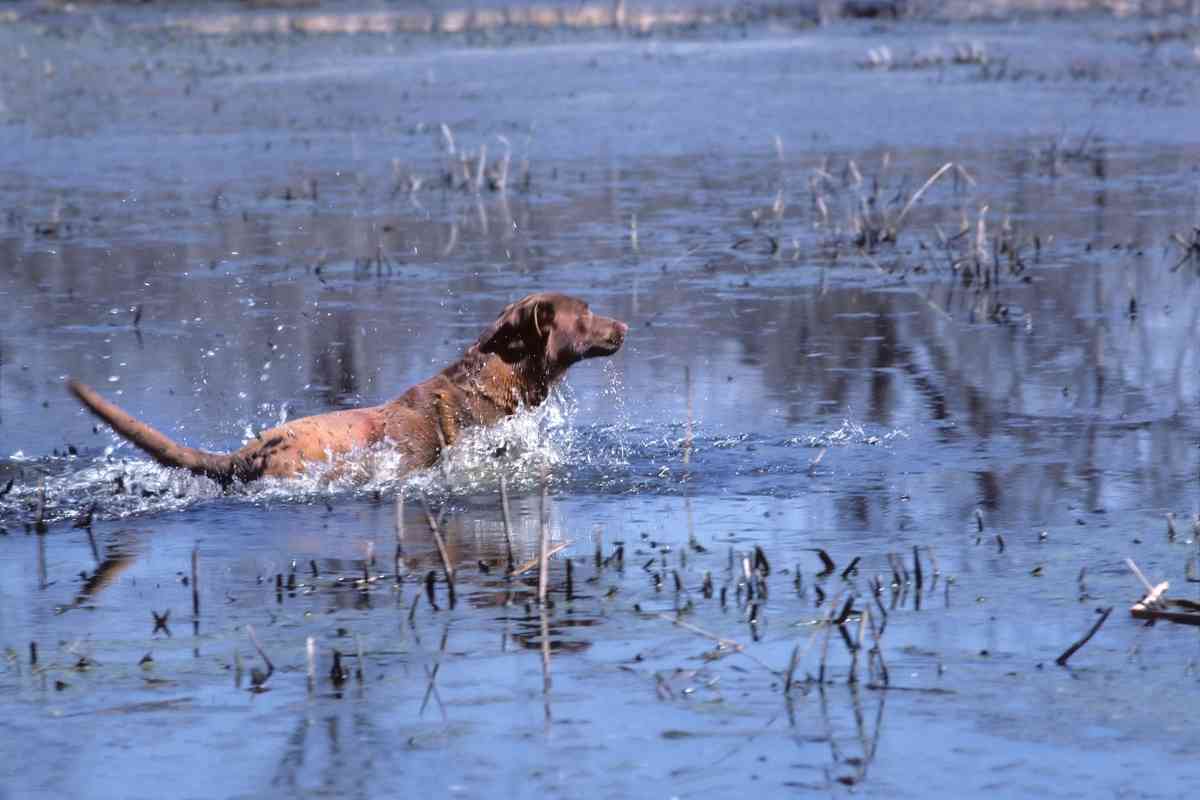
Adaptability
While they have a reputation for being strong and independent-minded dogs, Chesapeake Bay Retrievers are actually very loyal and affectionate with their families.
They are also intelligent and trainable dogs, making them good candidates for obedience or agility training. However, their high energy levels and strong hunting instincts can make them challenging to live with if they are not given enough physical and mental stimulation.
Overall, the adaptability of Chesapeake Bay Retrievers makes them an ideal breed for active families who are looking for a dog that can keep up with their lifestyle.
If you are thinking about adding a Chesapeake Bay Retriever to your family, be sure to do your research and find a reputable breeder who can provide you with a healthy, well-socialized puppy.
Affection Level
Chesapeake Bay Retrievers are loyal and devoted dogs who bond closely with their families. They are gentle and patient with children, although they may be too rambunctious for very young kids.
They can also be quite protective of their family and home, making them excellent watchdogs.
While they are friendly with people, Chesapeake Bay Retrievers can be reserved around strangers. They may also be aggressive towards other dogs if not properly socialized from a young age.
Apartment Friendliness
The Chesapeake Bay Retriever is an active breed that loves to play and exercise, making them ideal for those who enjoy an active lifestyle. However, their high energy levels can also make them challenging to live in an apartment setting.
While Chesapeake Bay Retrievers can be successfully kept in an apartment if given enough daily exercise, they are not the ideal breed for this type of living situation.
If you are considering adopting or purchasing a Chesapeake Bay Retriever, it is important to be prepared to provide them with plenty of space to run and burn off energy.
A fenced-in backyard or nearby park would be ideal, but daily walks or runs will also suffice. Without an outlet for their energy, Chesapeake Bay Retrievers can become destructive and find it difficult to live within close quarters.
If you think you can provide a Chesapeake Bay Retriever with the exercise and space they need to thrive; then this may be the breed for you. However, if you’re not prepared to commit to a high-energy lifestyle, it’s best to choose another breed that is better suited for apartment living.
Barking Tendencies
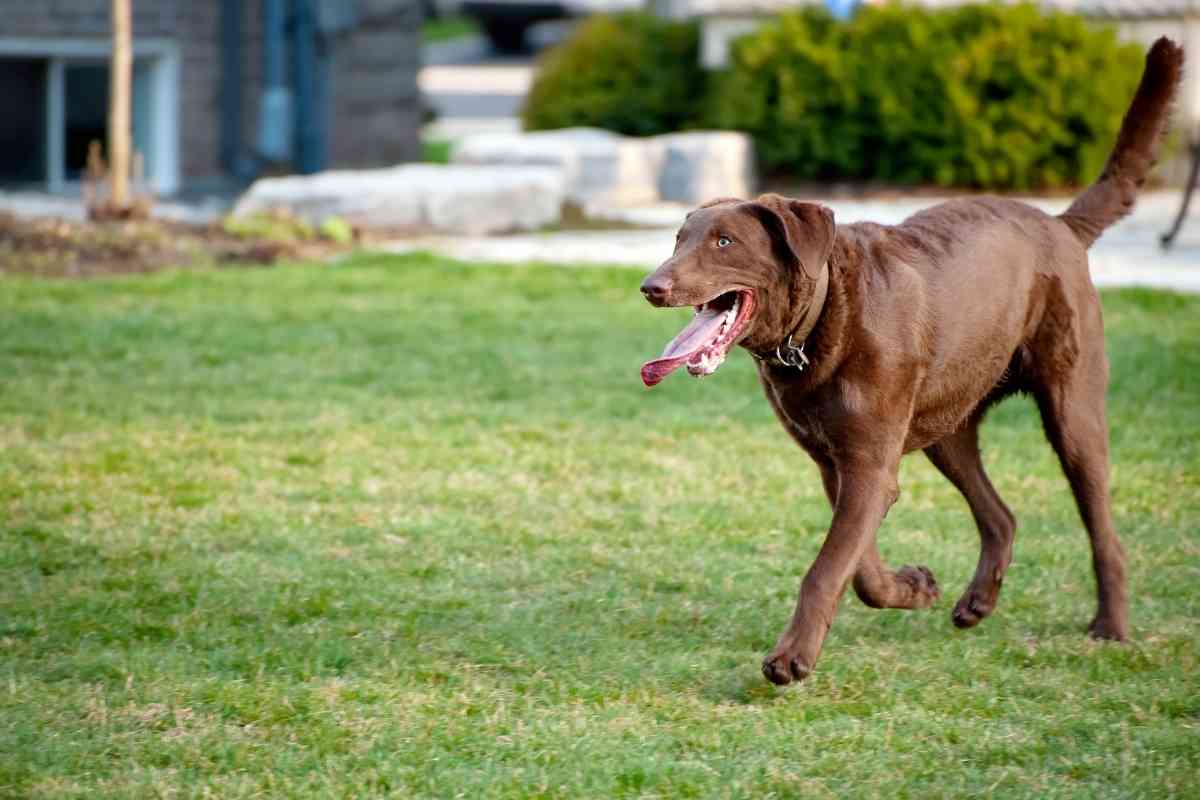
Chesapeake Bay Retrievers are known for being vocal dogs. They often bark to communicate their needs and desires, and sometimes just for the fun of it.
While some owners find this behavior charming, others may find it irritating or even unwanted. If you’re thinking about getting a Chesapeake Bay Retriever, it’s important to be aware of their potential barking tendencies.
While all dogs bark, Chesapeake Bay Retrievers tend to bark more than most breeds. This is due to their hunting heritage; as working dogs, they would need to be able to communicate with their handlers over long distances. Today, that instinctive urge to bark is still present in many Chesapeake Bay Retrievers.
Barking is a natural behavior for dogs, and it’s one that they’re often rewarded for. After all, if your dog is barking to let you know that someone is at the door, that’s a good thing! However, some dogs bark more than is necessary, or they may bark in an unwanted way (for example, incessantly or aggressively)
If you’re concerned about your Chesapeake Bay Retriever’s barking habits, there are a few things you can do to help manage the problem.
One option is to provide your dog with plenty of exercises. A tired dog is much less likely to bark excessively than one who has pent-up energy. Make sure to walk or run your Chesapeake Bay Retriever every day, and provide plenty of opportunities for playtime and mental stimulation.
You can also try training your dog to bark on cue. This can be a useful way to redirect their urge to bark into more acceptable behavior.
Once your dog is responding consistently, you can begin to phase out the cue (for example, by only using it when they’re barking excessively).
If your Chesapeake Bay Retriever’s barking is becoming a problem, there are a number of different solutions that you can try. By providing plenty of exercise and positive reinforcement, you can help your dog learn to control their barking and make it a more enjoyable experience for everyone involved.
Friendliness With Other Pets
The Chesapeake Bay Retriever is a large breed of dog, and they are known for being very friendly and good with children. They are also known for being good with other animals, including cats.
Like all dogs, Chesapeake Bay Retrievers can have a strong prey drive. This means that they may chase after small animals, such as cats and rabbits. If you have a Chesapeake Bay Retriever, it is important to socialize them from an early age so that they learn to get along with other animals.
With proper training and socialization, a Chesapeake Bay Retriever can be a great addition to any family.
Playfulness
The Chesapeake Bay Retriever is a highly playful dog breed. They are known for their exuberance and love of play and will often engage in rough-and-tumble games with their owners or other dogs. This breed is also intelligent and easily trainable, making them a great choice for families with children.
Shedding Level
The Chesapeake Bay Retriever is a high-shedding breed. They shed an average of one to two cups of fur per week.
Their coat is thick and dense, which helps protect them from the cold weather and icy waters they were originally bred for. The downside to this is that their shedding can be quite heavy, especially during the spring and fall shedding seasons. If you’re not prepared to deal with a lot of shed hair, then this may not be the breed for you.
Social Needs
The Chesapeake Bay Retriever is a sociable dog that loves to be around people and other dogs. They are an active breed that needs plenty of exercise, both mental and physical.
A tired Chesapeake Bay Retriever is a good Chesapeake Bay Retriever. Without enough activity, they can become bored and destructive.
Chesapeake Bay Retrievers love to play fetch and will happily do so for hours on end. They also enjoy swimming, hiking, and running. In fact, any activity that lets them use their considerable energy levels is sure to be a hit with this breed.
While they are friendly with everyone they meet, Chesapeake Bay Retrievers are specially bonded to their families.
They are loyal and protective, making them excellent guard dogs. They are also gentle and patient with children, making them wonderful companions for families with kids.
Chesapeake Bay Retrievers need to be around people and other dogs in order to be happy and well-adjusted. If you are considering this breed, make sure you can provide them with the socialization they need. Otherwise, they may become unhappy or even destructive.
Territorial
The Chesapeake Bay Retriever is a dog breed that is known for its territorial nature. This means that the dog is likely to defend its home and family against strangers or other animals. The breed is also known for being protective of its owner and can be aggressive if it feels threatened.
The Chesapeake Bay Retriever is a popular choice for families with children, as they are gentle and loving with their loved ones.
However, they need to be well-trained and socialized from a young age in order to prevent any aggression towards people or animals.
Trainability
The Chesapeake Bay Retriever is a highly trainable breed of dog, known for its intelligence and willingness to please. Often used as working dogs, they excel in obedience and agility trials and make excellent service and therapy dogs. They are also popular as companions and family pets.
The Chesapeake’s eagerness to learn makes training relatively easy, although they can be stubborn at times. They respond well to positive reinforcement methods such as treats or praise and are quick to pick up new commands.
However, their high energy levels mean that they need plenty of exercises and mental stimulation to avoid becoming bored or destructive.
Watchdog Ability
One of the most impressive things about the Chesapeake Bay Retriever is its watchdog ability. They are bred to be hunting dogs, and their tenacity and courage make them excellent protectors of their homes and families.
They are naturally suspicious of strangers and will bark to alert their owners to potential threats. They can be taught to discriminate between friends and foes and make excellent guard dogs with proper training.
Their loyalty, protective instinct, and fearless nature make them one of the best breeds for protection.

